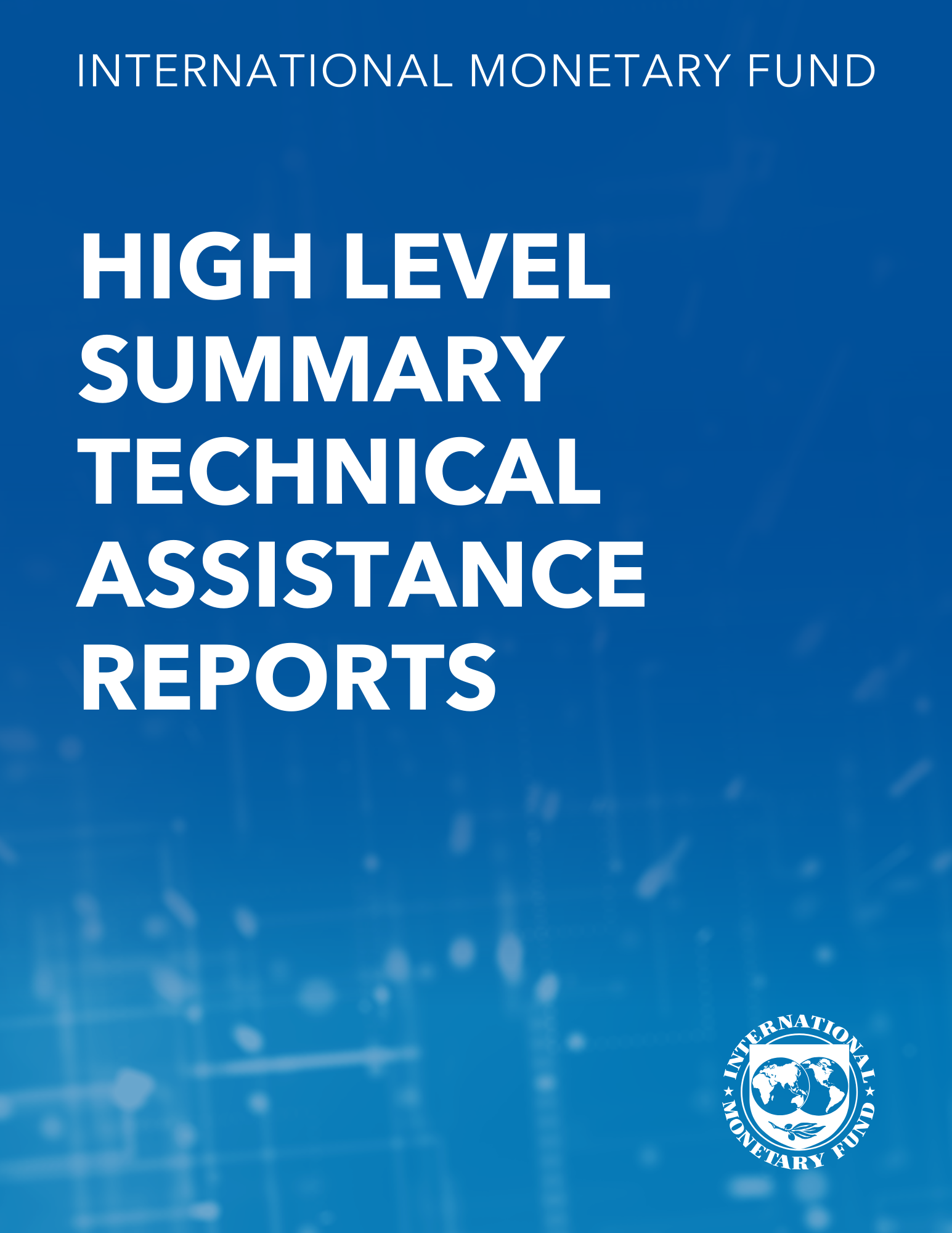Interpreting Currency Movements During the Crisis: What's the Role of Interest Rate Differentials?
January 1, 2011
Disclaimer: This Working Paper should not be reported as representing the views of the IMF.The views expressed in this Working Paper are those of the author(s) and do not necessarily represent those of the IMF or IMF policy. Working Papers describe research in progress by the author(s) and are published to elicit comments and to further debate
Summary
Using an adaptation of the Uncovered Interest Parity (UIP) condition, this paper analyzes the drivers behind the large, symmetric exchange rate swings observed during the financial crisis of 2008-2010. Employing a Nelson-Siegel model, we estimate yield curves and decompose the exchange rate movements into changes we attribute to monetary policy and a residual. We find that the depreciation phase of the currencies in our sample was largely dominated by safe-haven effects rather than carry trade activity or other return considerations. For some countries, however, the appreciation that began at the end of 2008 seems largely to reflect downward movement in the cumulative revisions to nominal forward differentials, suggesting carry trade.
Subject: Currencies, Exchange rate adjustments, Exchange rates, Financial crises, Financial services, Foreign exchange, Interest rate parity, Money
Keywords: appreciation vis-à-vis, carry trade, Currencies, exchange rate, Exchange rate adjustments, exchange rate trend, exchange rates, fed funds rate, financial crisis, Global, interest rate differential, Interest rate parity, interest rates, Mexican peso, monetary policy, nominal interest rate, policy rate, term structure, UIP, uncovered interest parity, WP
Pages:
44
Volume:
2011
DOI:
Issue:
014
Series:
Working Paper No. 2011/014
Stock No:
WPIEA2011014
ISBN:
9781455212521
ISSN:
1018-5941






